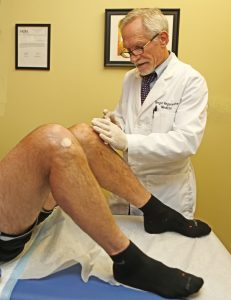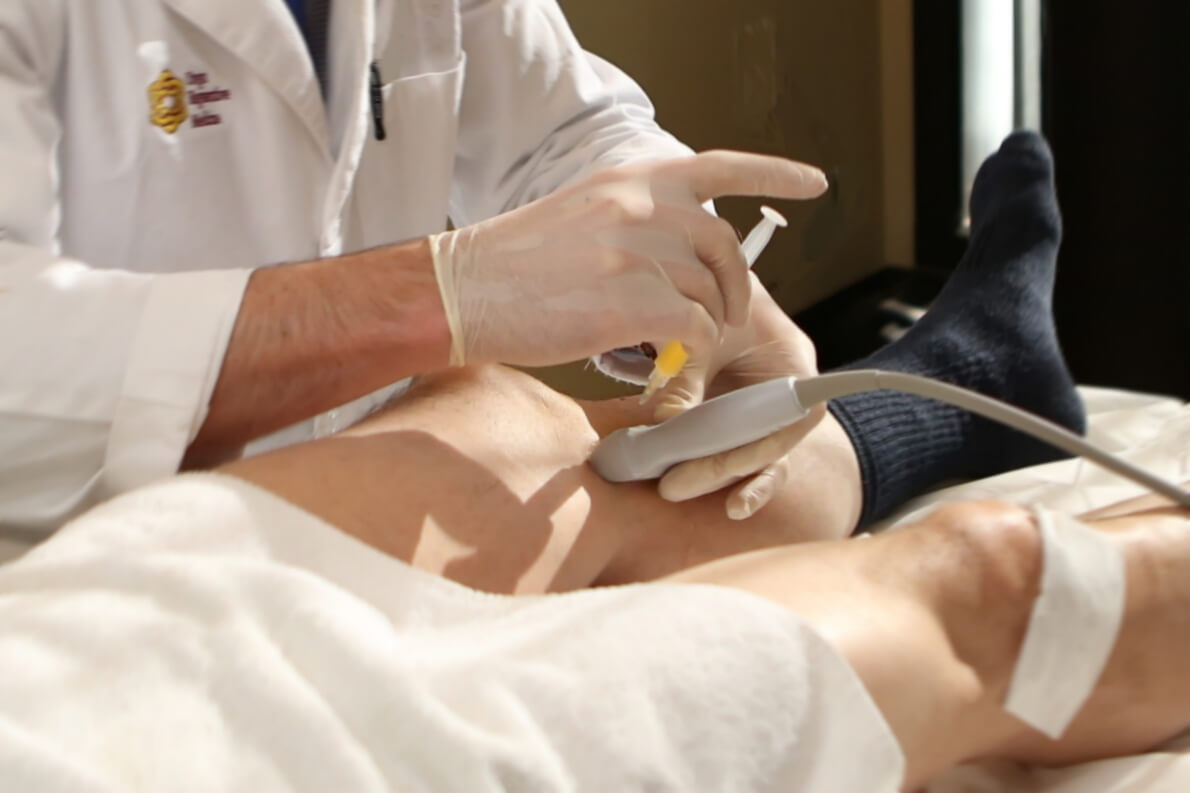A recent New York Times article brings to light the high rate of unjustified total knee replacement surgeries and the lack of alternatives patients face to reduce their pain. Most patients are told that if physical therapy is not enough to alleviate their joint pain, the next step is to wait until the pain is bad enough before getting a total knee replacement. They are offered cortisone and/or hyaluronate injections, which can sometimes help relieve pain in the interim, but these often do not work, and worse, we know that cortisone actually accelerates the progression of arthritis1.
Healthcare system costs for total knee replacement surgeries is staggering, as the article cites. The total annual expenditure for knee replacements is over $10 billion annually, and the price tag continues to rise. According to studies published in the Journal of Arthritis and Rheumatology, more than a third of these total knee replacements (TKRs) are estimated to be medically unjustifiable! Patients are rarely offered alternatives. However, there are other options.
When the average 50-something-year-old has knee pain due to osteoarthritis, the first treatment program should be weight loss (if they are overweight), low-impact exercise (biking, swimming, etc.), and a session or two of physical therapy to learn how to properly strengthen the knee. These are all valid recommendations that usually help alleviate some amount of pain through joint stress reduction and muscle strengthening. When these measures are not enough to reduce the patient’s pain to a tolerable level, then cortisone or hyaluonate injections are the conventional next step.
Unfortunately, cortisone is known to rapidly accellerate cartilage loss, and hyaluronate injections may help temporarily but do not address the cause: degeneration of the cartilage and secondary ligamentous instability.
How to Avoid Total Knee Replacement Surgery

With PRP, patients generally receive a series of 3-6 treatments spaced about 1 month apart. After receiving regenerative injections, patients experience minimal downtime. Usually 1-2 days of lighter movement followed by gradually increasing levels of activity over a 30-60 day period.
Total knee replacement surgery can often be avoided. In addition to weight loss, muscle strengthening, a wholesome plant-based diet, and quality sleep, regenerative injection therapy is another quality tool to help you keep the knees you were born with!
References:
- Wernecke C, Braun HJ, Dragoo JL. The Effect of Intra-articular Corticosteroids on Articular Cartilage: A Systematic Review. Orthop J Sports Med. 2015;3(5):2325967115581163.
- Riboh JC, Saltzman BM, Yanke AB, Fortier L, Cole BJ. Effect of Leukocyte Concentration on the Efficacy of Platelet-Rich Plasma in the Treatment of Knee Osteoarthritis. Am J Sports Med. 2016;44(3):792-800.
- Koh, YG., Choi, YJ., Kwon, SK. et al. Knee Surgery, Sports Traumatology, Arthroscopy (2015) 23: 1308.
Daniel L. Riddle, PT, PhD, FAPTA,1,2 William A. Jiranek, MD,2 and Curtis W. Hayes, MD3; Use of a Validated Algorithm to Judge the Appropriateness of Total Knee Arthroplasty in the United States: A Multicenter Longitudinal Cohort Study. Arthritis Rheumatol. 2014 Aug; 66(8): 2134–2143.



